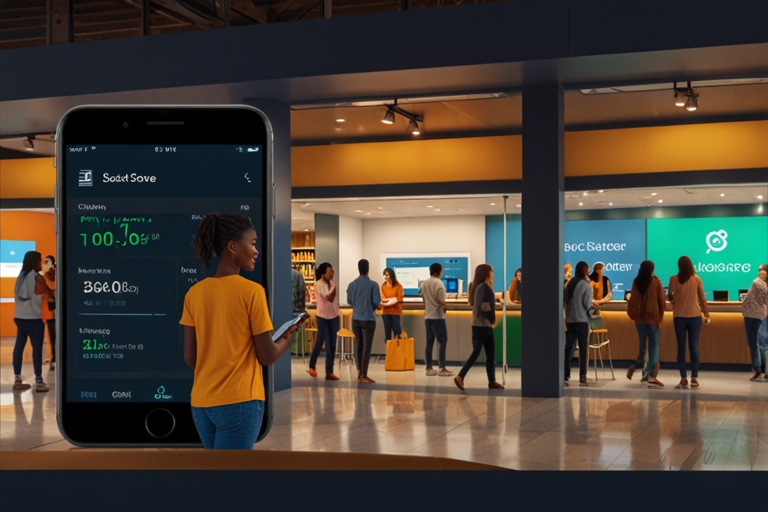
TL;DR
- FICO will begin including Buy Now, Pay Later (BNPL) loans in its FICO Score 10 and 10 T models starting Fall 2025.
- BNPL usage—often unreported—has historically created “phantom debt”, leaving gaps in consumers’ financial profiles.
- The new scoring model aims to offer credit visibility for young and thin-credit borrowers using BNPL responsibly.
- BNPL data aggregation is still limited, as only a few providers like Affirm report to major bureaus.
- Analysts say implementation will be slow and complex, given legacy systems and industry resistance to rapid changes.
A Major Shift: BNPL Loans to Join Credit Score Calculations
Starting later this year, Buy Now, Pay Later (BNPL) loans will begin impacting the credit scores of American consumers through updated models by FICO—the firm behind the credit scores used in 90% of U.S. lending decisions.
The launch of FICO Score 10 BNPL and FICO Score 10 T BNPL marks the first time a leading credit scoring provider will incorporate BNPL repayment behavior into its calculation methods. The decision could benefit millions of consumers—especially young or low-credit-profile users—who regularly utilize BNPL services to manage cash flow, split payments, or access flexible financing.
From Phantom Debt to Visibility
Traditionally, BNPL transactions—used for everything from groceries to concert tickets—have existed in a reporting blind spot, absent from most credit bureau records. Because providers like Afterpay, Klarna, and Sezzle were not obligated to report to bureaus like Experian or TransUnion, lenders lacked visibility into the true extent of consumers’ short-term liabilities.
This led to concerns over “phantom debt”—obligations that aren’t captured in credit files but could nonetheless impact financial stability. Now, with BNPL entering mainstream credit models, lenders will gain clearer insight into payment behavior that was previously hidden.
“If BNPL is used responsibly, this change could help many consumers build a stronger credit profile,” said Ted Rossman, chief credit analyst at Bankrate.
The Future of BNPL Credit Integration
| Metric / Insight | Value / Status | Source |
| U.S. Lending Decisions Using FICO | ~90% | FICO |
| Launch Date of FICO Score 10 BNPL Models | Fall 2025 | CNN |
| Consumers Using BNPL for Everyday Expenses | Rising, including groceries | Bankrate |
| BNPL Providers Reporting to Credit Bureaus | Few (e.g., Affirm) | Experian |
| FICO’s Most Widely Used Model in Lending | FICO Score 8 (launched 2009) | FICO |
Credit Opportunity or New Risk?
For younger consumers, many of whom rely on BNPL in lieu of credit cards, the inclusion of BNPL data is a double-edged sword. On one hand, positive repayment data could help users with limited credit histories gain access to loans or improve their borrowing terms.
But on the other hand, BNPL’s design—frequent short-term borrowing and repayment—could confuse scoring models that penalize frequent account openings and high utilization rates.
Rossman noted that traditional scoring penalizes such behavior, adding:
“With BNPL, you’re maxing out a short-term line and repaying it, sometimes every few weeks. That doesn’t behave like a credit card—and it’s unclear how that will be scored.”
A Layered Industry With Slow Adoption
Despite FICO’s move, analysts caution that this change won’t be universal overnight. FICO’s latest models—Score 10 and 10 T—are still not widely adopted. Many lenders still rely on FICO Score 8, introduced in 2009, while mortgage lenders commonly use even older versions like Score 2, 4, or 5.
“It’s like iPhone upgrades—just because the iPhone 16 is out doesn’t mean everyone has stopped using the iPhone 8,” Rossman quipped.
The reason: integrating new models requires banks to retrain staff, adjust technology, and run internal risk models—all of which takes time and money. As a result, the credit scoring ecosystem often lags behind technological innovation.
Will Regulation Catch Up?
While the inclusion of BNPL in credit scoring may increase accountability, the regulatory framework around BNPL remains ambiguous. The Consumer Financial Protection Bureau (CFPB) recently dropped plans to classify BNPL providers as credit card issuers, a move that would have imposed more stringent disclosure and reporting standards.
That means BNPL remains largely unregulated, even as its use becomes ubiquitous among U.S. consumers.
In fact, a Bankrate survey in May revealed that nearly 50% of BNPL users faced issues, with overspending as the most common problem.
FICO’s Novel Methodology
In its announcement, FICO emphasized that it developed a “novel approach” to integrating BNPL data. Rather than scoring each BNPL loan like a credit card or installment loan, FICO’s system will aggregate behavior across accounts to assess repayment consistency and overall risk.
“Our clients tell us that this is a progressive step that acknowledges the evolving landscape of consumer financing,” said Julie May, VP and GM of B2B Scores at FICO.
The methodology will aim to reward consistent, responsible use without punishing the short-term borrowing characteristics unique to BNPL.






